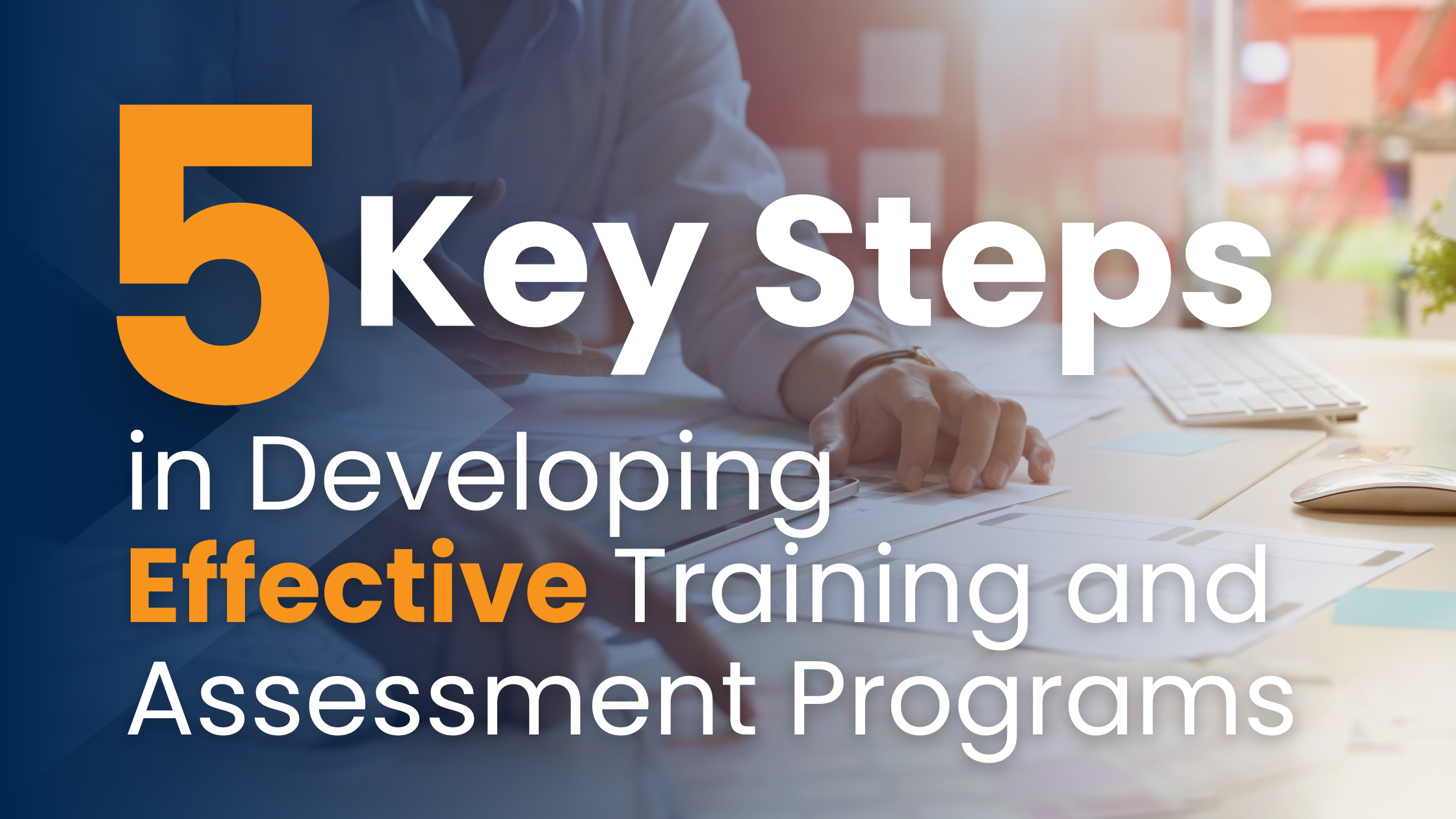
To better understand feedback, let’s define what it is and what it should do. The kind of feedback I’m talking about is written or verbal responses to answers or performance on questions or activities.
The main purpose of feedback is to reduce gaps between current competencies (skills, knowledge and performance) and desired competencies (skills, knowledge and performance).
Feedback has been shown to help learners most when it specifically addresses forgotten information or strategies, difficult aspects of performance, or a faulty interpretation (misunderstanding), explains Hattie and Timperley in their article on Review of Educational Research, “The Power of Feedback.”
Feedback doesn’t help nearly as much when it addresses a lack of understanding, as this implies that the training didn’t meet its goals or has one or more of the following problems:
- Training didn’t consider the prior knowledge levels of participants (for example, we assumed they knew more than they did)
- The delivery of training is problematic (for example, participants were unable to find or review parts they sought to review)
- Content, practice, or assessment elements are problematic (for example, there is inadequate practice to help remember or apply training on the job).
Trying to fix a lack of understanding in training is generally beyond the scope of feedback. Even well-written feedback, given in the right circumstances, cannot always help because participants don’t always understand or use it.
Feedback Types and Conditions
Hattie and Timperley reviewed training feedback meta-analyses (a statistical approach to combine results from multiple studies), to show what types of feedback are likely to help the most and the least. The most powerful outcomes came from feedback about tasks and how to do them more effectively. Goal-oriented feedback and cues (hints) could also be effective. The least powerful outcomes came from praise, rewards and punishment (extrinsic rewards).
They also looked at how to make effective types of feedback work well. Remember at the beginning of this article I said the main purpose of feedback is reducing gaps between current competencies and desired competencies. Hattie and Timperley explain that to reduce this gap, feedback must answer three questions:
- What are the goals?
- What progress am I making towards these goals?
- What do I need to do to make better progress?
Clear goals along with knowing where you are and how to progress, target the right places to focus effort to reduce gaps between current knowledge and actual performance and desired knowledge and performance. Some feedback strategies work opposite to this and include non-specific or fuzzy goals, accepting poor performance, and not offering enough information. Research shows that when people don’t know what to do, feedback can be demotivating.
Goals must supply actions and outcomes for a specific task or performance. They must also include success criteria that allow for consistent performance when facing common obstacles. In other words, goals are defined in the units of competence. Feedback cannot lead to a reduction in the “gap” if the goal and the criterion aren’t clear. Otherwise, people may rely on any method that works (for them), and their methods may have undesirable consequences.
Telling people how they are doing shouldn’t wait for summative assessment. People need specific feedback against specific goals (with success criteria) while learning so they can learn to self-correct. Feedback is required also in formative assessment activities, even if those activities are not used to make a competency judgement.
I hope you can see that feedback is complex, and we shouldn’t write it only as an add-on response to assessments, or to meet compliance requirements. We need to better integrate feedback into the design of instruction to support learning.
Reference:
- Hattie, J., & Timperley, H. (2007). The power of feedback. Review of Educational Research.




